We are living in momentous times today. While the world is complex and ever-evolving, we know that one thing remains the same – helping those in need continues to be a priority for many Canadians.
Canadians often donate to charitable causes to affirm their values, or they may have a personal connection with a specific charity or cause close to their heart. Moreover, another excellent reason to give is that it can lower your tax bill.
As part of our wealth planning process, we consider how philanthropic clients may integrate charity to align with their legacy wishes and ensure that significant charitable gifting is performed in an optimal and tax-efficient manner.
There are numerous ways to be charitable, including but not limited to the following:
- A donation of cash or property (including real estate, artwork, private company shares, etc.);
- A donation of marketable securities in-kind – which provides an added tax benefit of eliminating taxes from unrealized capital gains;
- A bequest through one’s Will and/or naming a charity as a beneficiary of one’s Registered Retirement Savings Plan (“RRSP”) / Registered Retirement Income Fund (“RRIF”);
- Structured Flow-Through Shares; &/or
- A Gift of Life Insurance
Today, we will be discussing how a Gift of Life Insurance may be used to enhance one’s Charitable Impact. From an estate/tax planning perspective, it is important to “match” the gift of life insurance with the tax liability which we are looking to offset/eliminate. e.g., whether the objective is for the donor to benefit from Donation Tax Credits during one’s lifetime or at death (to reduce the donor’s final or terminal tax bill).
Life Insurance as a Capital Replacement Tool to provide a Current Charitable Gift
Most people think the only benefit from a life insurance policy occurs when they die. The following example demonstrates how you can benefit from life insurance today while achieving your legacy wishes. Specifically, the strategy involves using life insurance as a Capital Replacement Tool to facilitate a current charitable gift.
Traditionally, life insurance policies are used by a donor to make a significant gift to a charity on death. By leveraging the mortality gains in a life insurance contract, the gift would generally be more than what may be achieved through a direct donation from the individual’s estate. Life insurance can either be owned by the charity and funded by the donor while the donor is alive. Alternatively, insurance can be owned by the donor, and the death benefit may be paid at death as a charitable gift.
As alluded to above, the optimal insurance ownership structure should be designed to align with the donor’s planning intentions and timing the tax benefits of the donation to maximize tax savings during lifetime or at death. (subject to income limitations and charitable donation tax credits, which vary by province.)
The challenge with the “traditional” approach is that the charity may have to wait decades until receiving the insurance proceeds – which are payable on the death of the life insured. Moreover, the donor will not receive the sense of satisfaction of watching their gift “at work” during their lifetime as the insurance payout will only occur on the donor’s passing.
The Capital Replacement Strategy solves these limitations of a deferred life insurance gift to charity. Specifically, a donor can make a gift of capital property to a charity during their lifetime, and use the tax savings arising from the gift, to invest into an insurance policy which will effectively replace the value of the donated capital on the donor’s death. The insurance can leave the estate/family in an equal or potentially better off position had the gift not been made. Moreover, the added benefits of this strategy include that the charity receives an immediate gift to use for its current charitable needs while the donor can enjoy seeing the positive impact of his/her gift while alive.
This type of strategy has been successfully used with donations of marketable securities (or simply cash), gifts of real estate, gifts of private company shares, etc.
Takeaway
In summary, using life insurance (such as with the Capital Replacement Tool) can serve as a powerful planning technique to maximize the impact of your philanthropy while also providing tax benefits (either during lifetime or at death). It is important to work with a qualified estate and tax professional who can help you navigate through the planning process, evaluate options,
and understand the implications to determine which strategy makes sense for your own specific facts and circumstances.
